You Can DIY These Inexpensive Raised Garden Bed Ideas
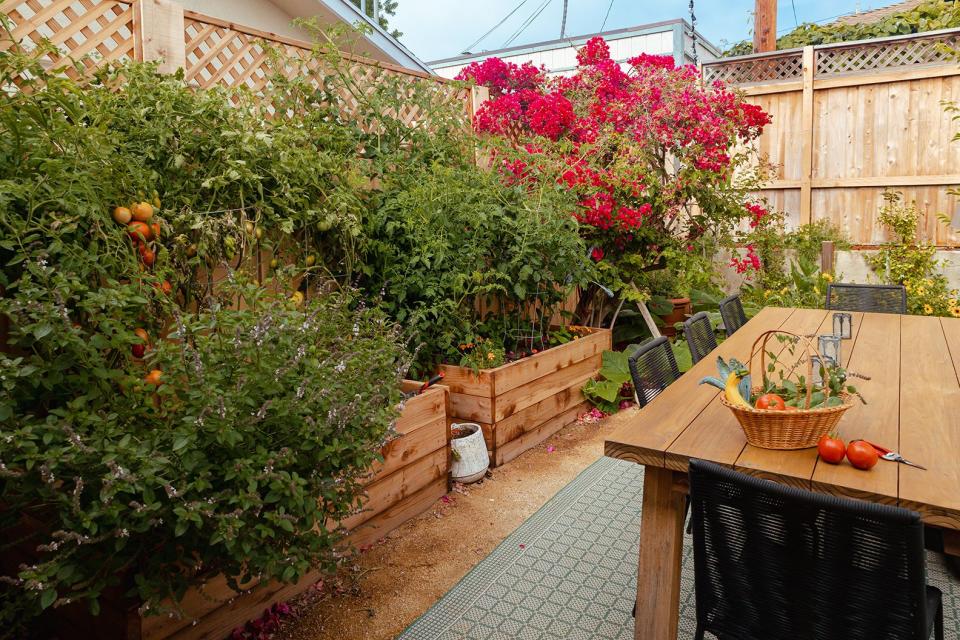
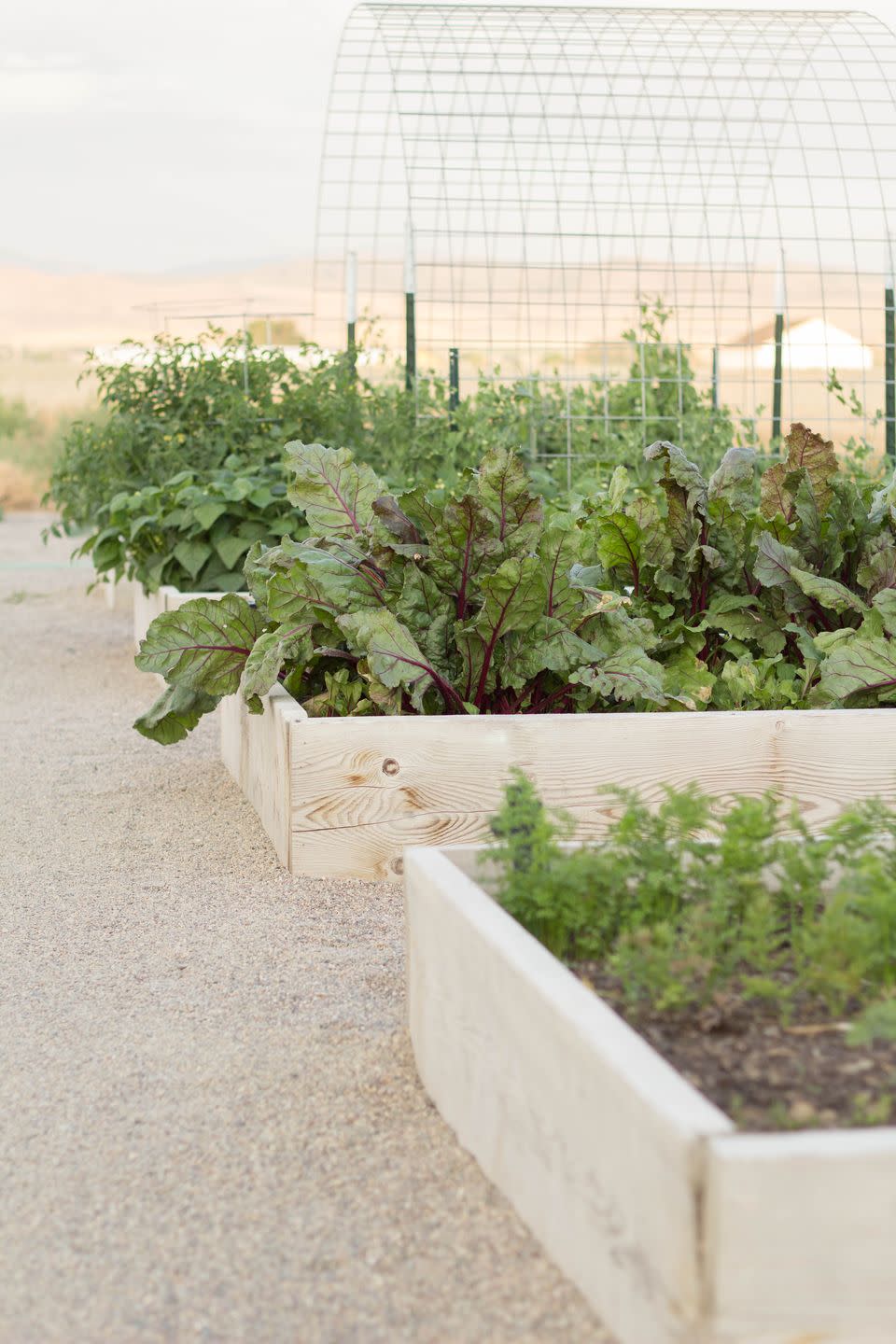
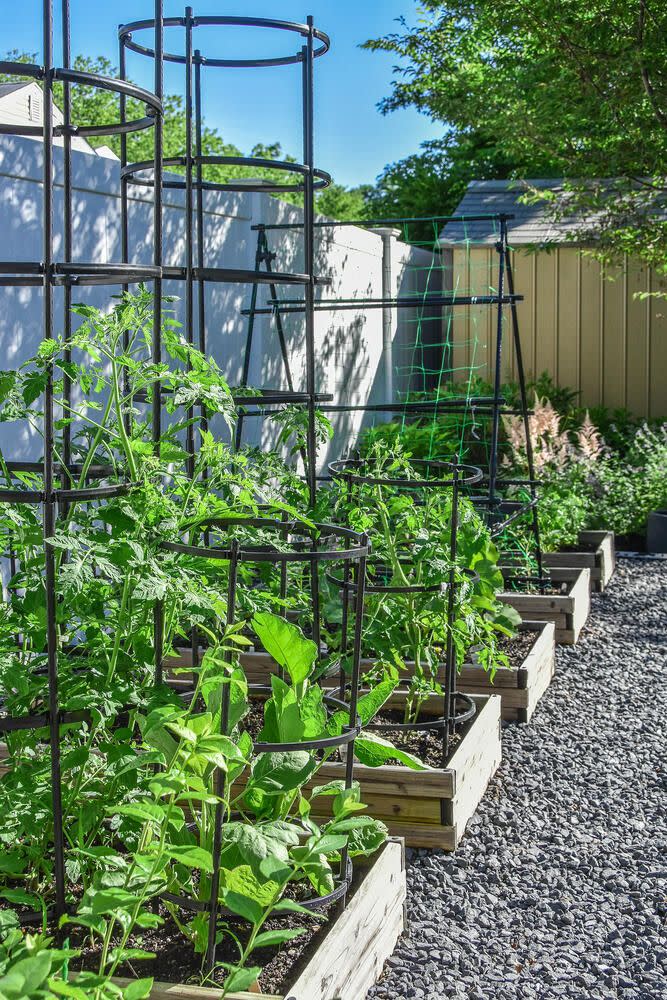
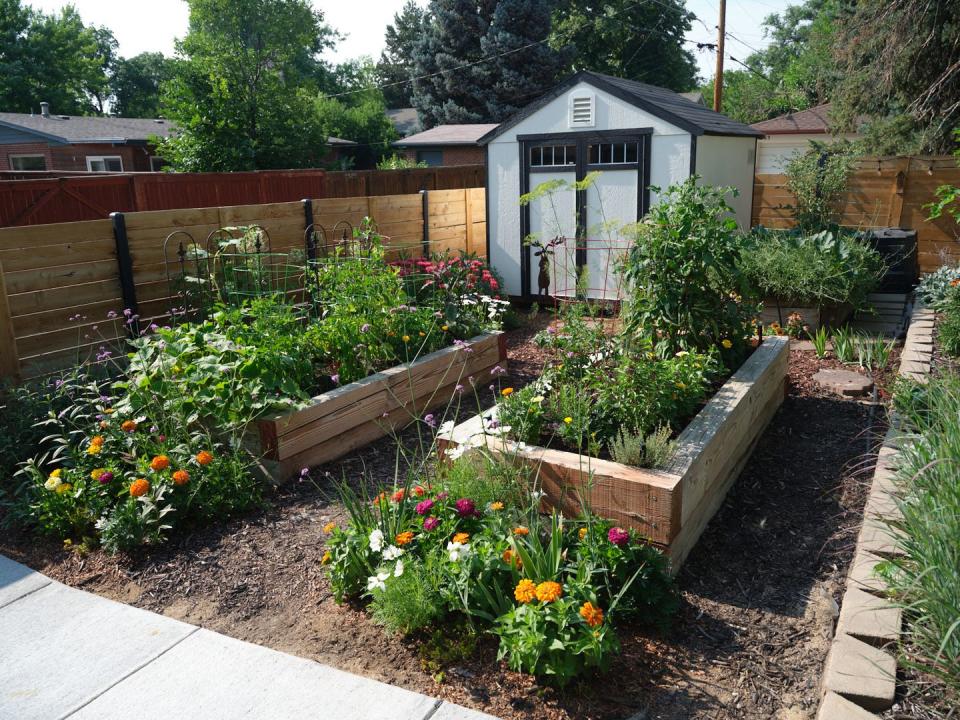





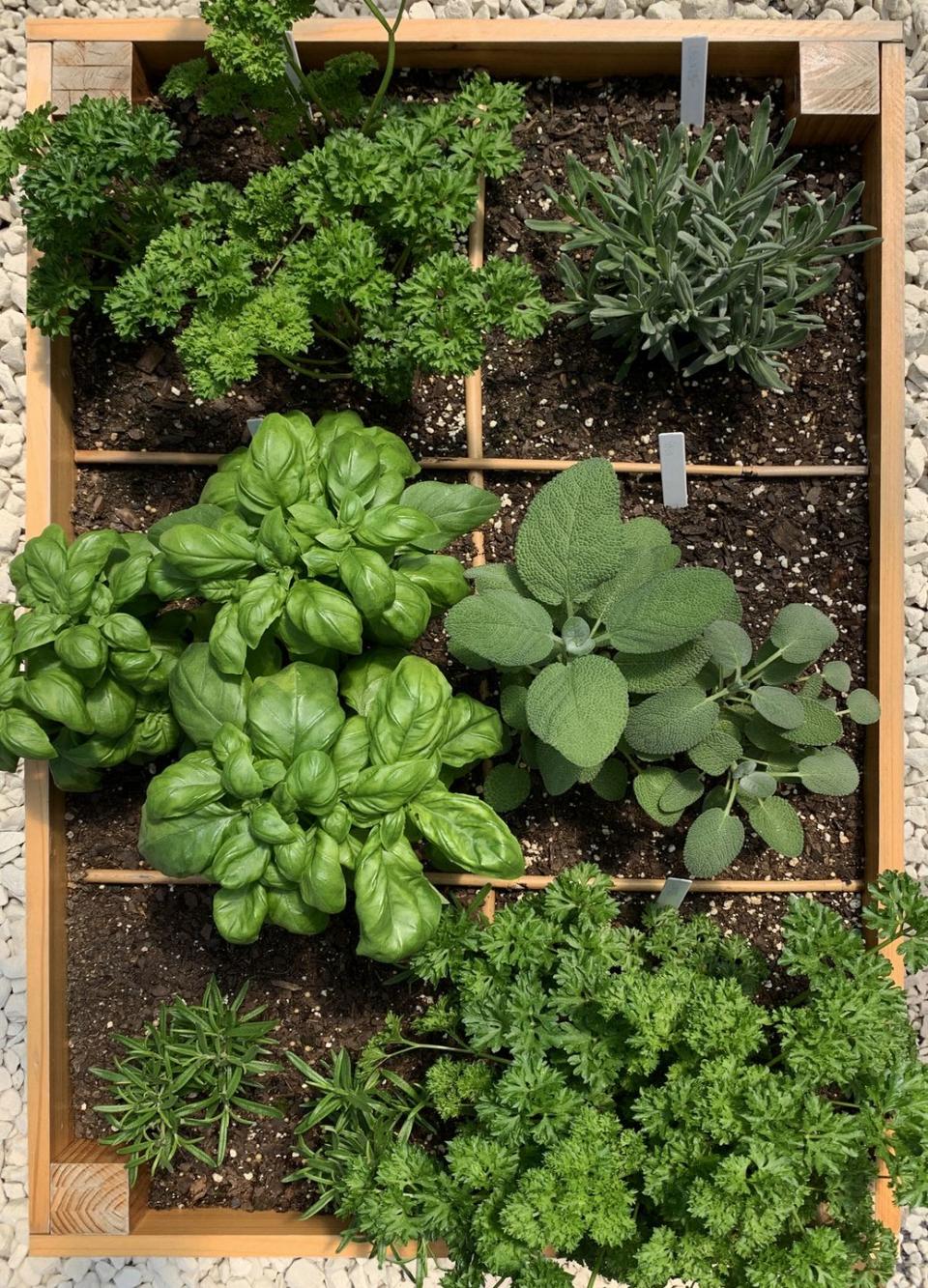
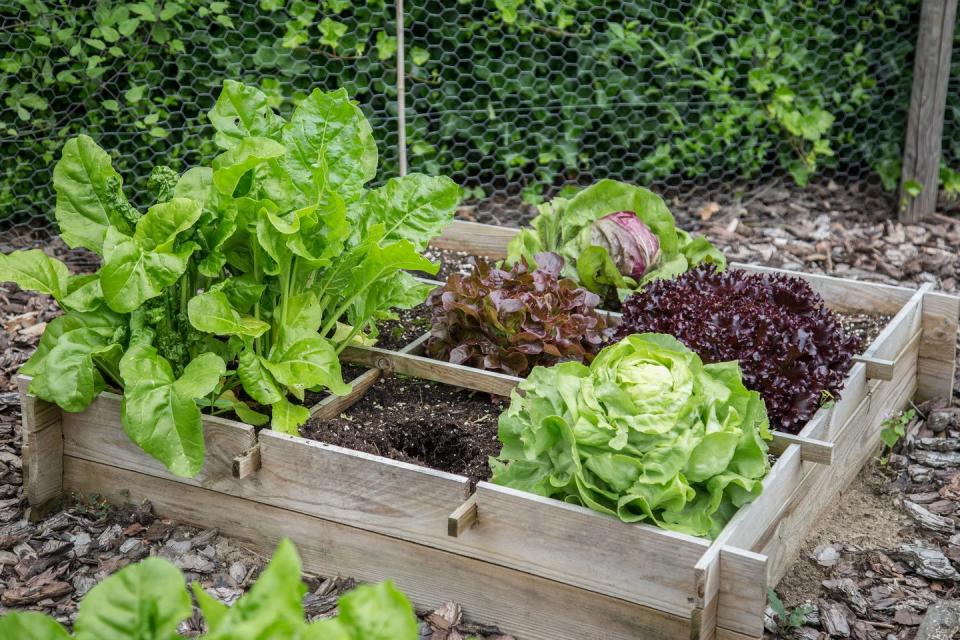




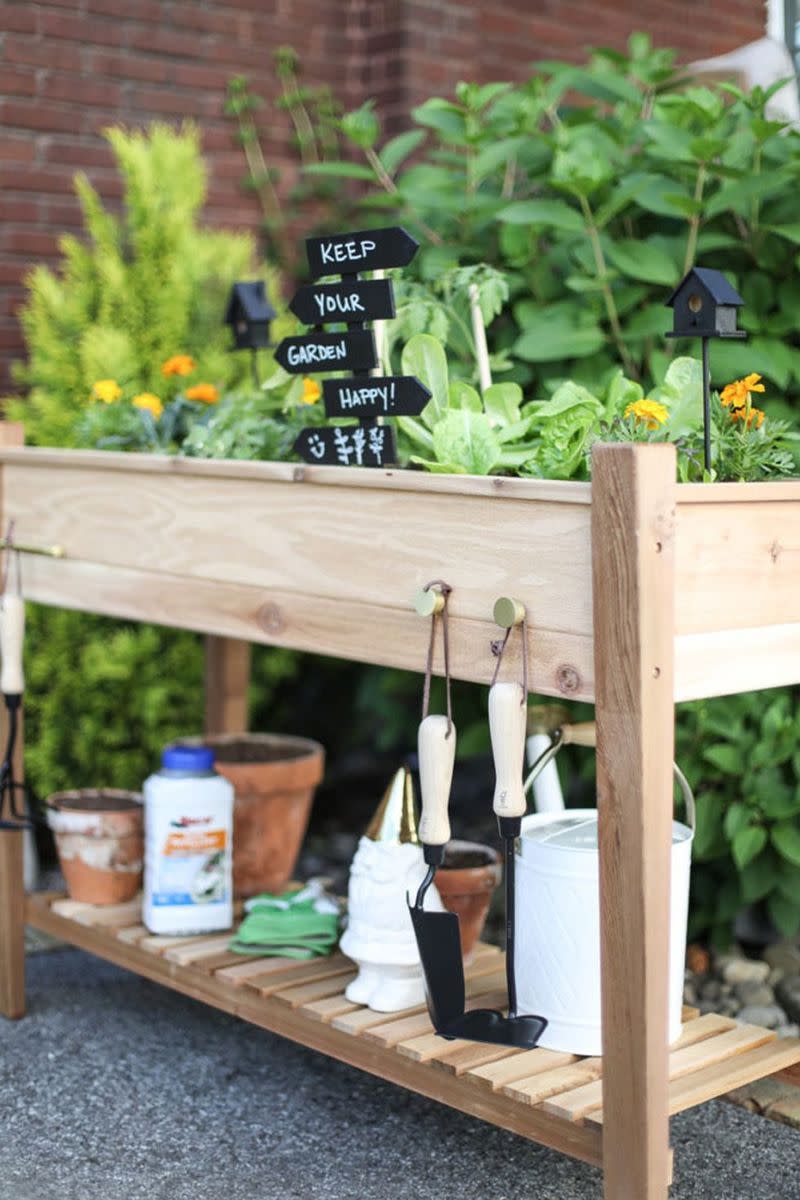
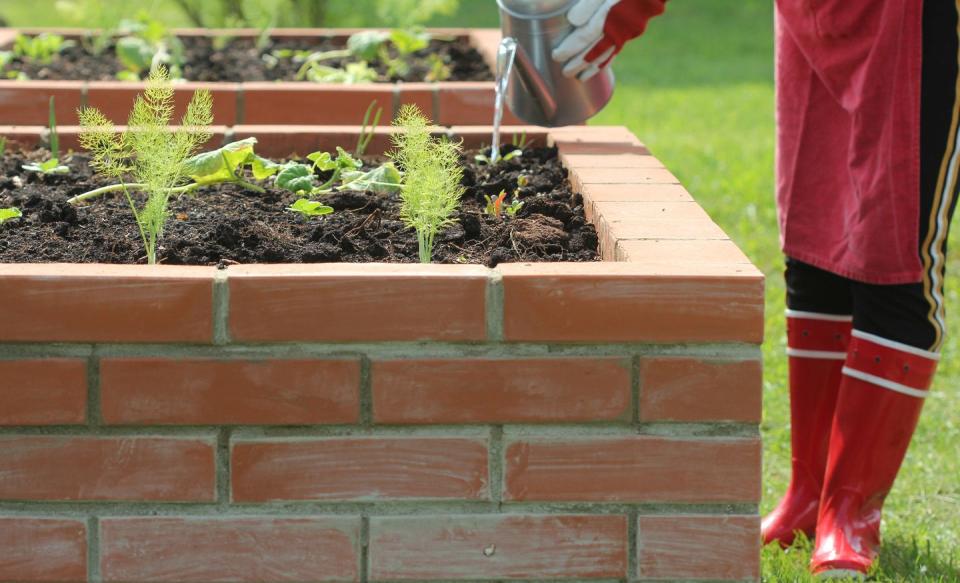




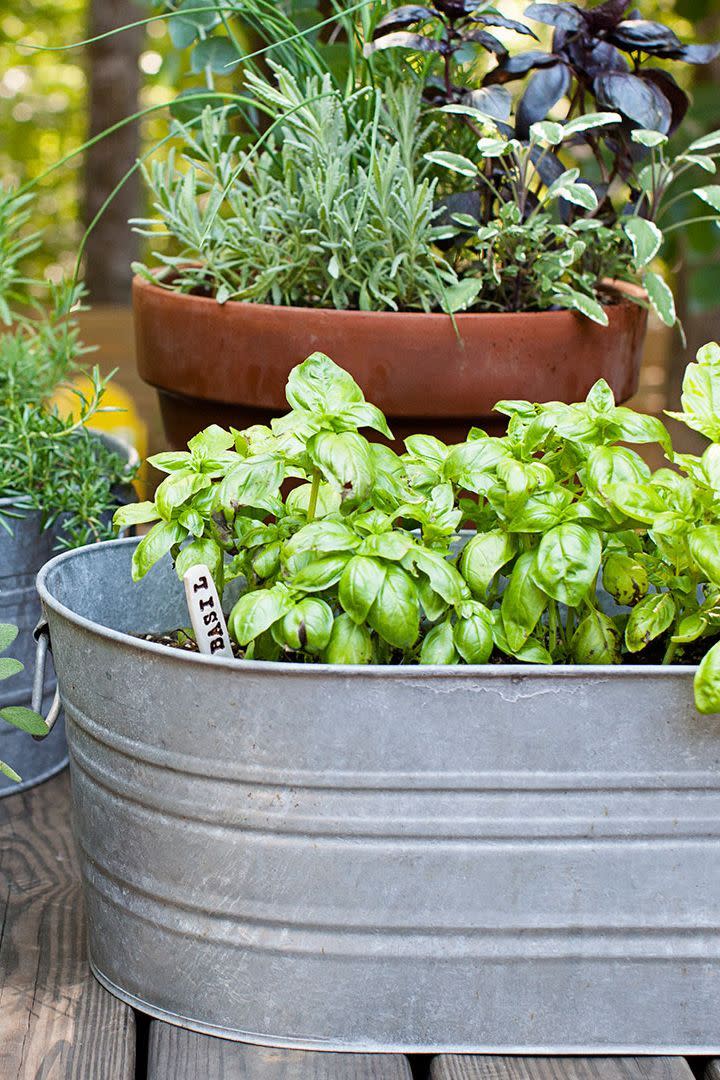
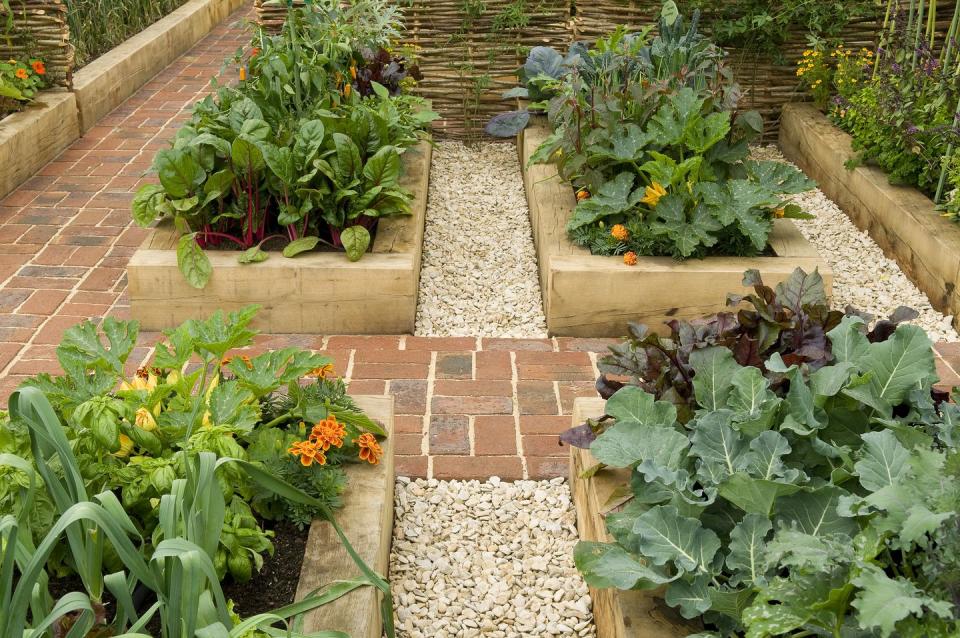
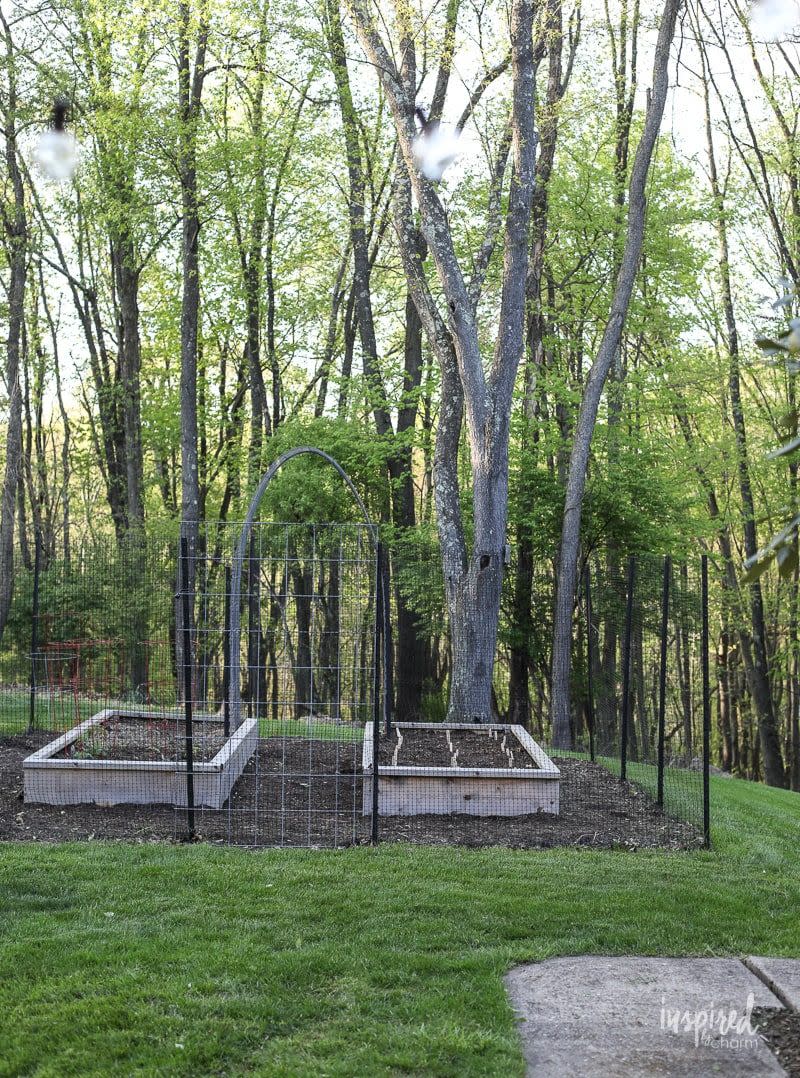
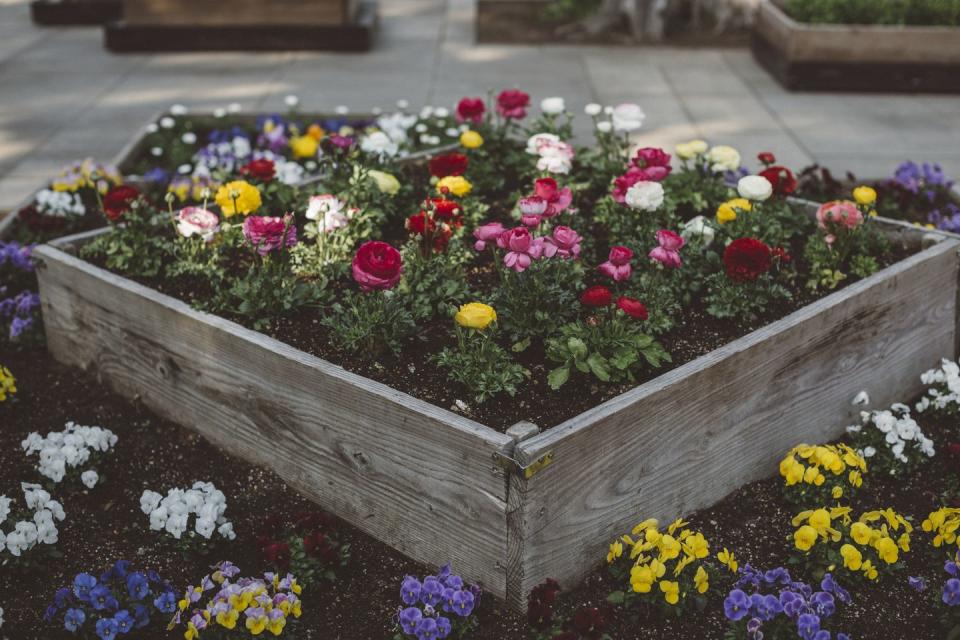
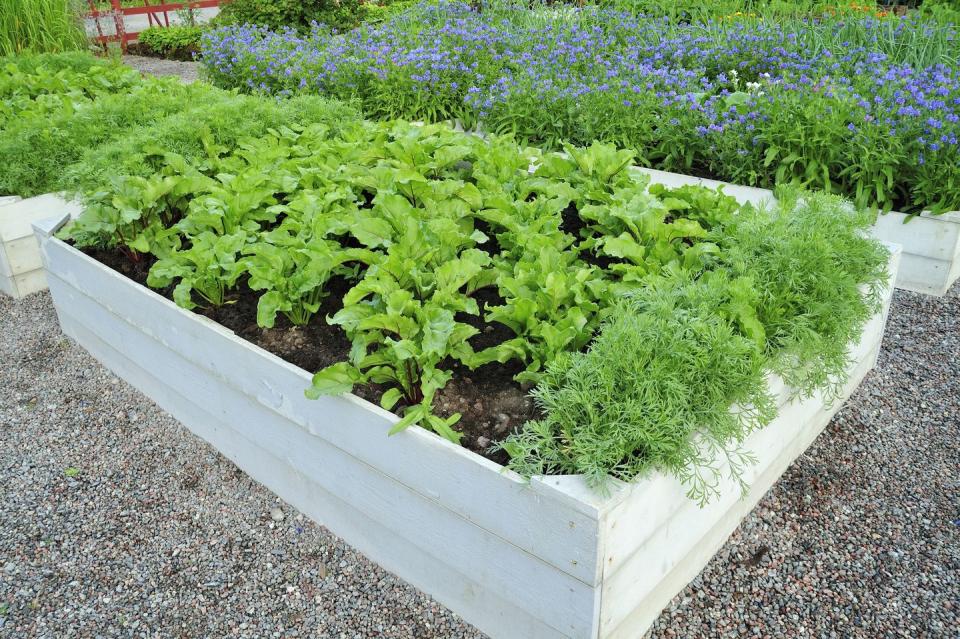
You Can DIY These Inexpensive Raised Garden Bed Ideas
Unlike in-ground gardens, raised beds — also known as garden boxes that are positioned above ground — have a much longer growing season. They also don't require the excessive tilling that can come along with a traditional garden, and they're easier to implement than an in-ground garden. The best part? These raised garden bed ideas are fairly easy to build yourself, whether you go with a wooden, metal or brick design — or something more resourceful, like repurposing an old pallet.
To help you get started, we spoke with garden and landscape experts who share their tips for building a cheap raised garden bed that performs well.
What Are the Benefits of a Raised Garden Bed?
Rather than working tirelessly to keep your garden soil free of weeds and pests year after year, modern raised beds can act as a barrier. There are many benefits of a raised garden bed, including:
- Improved drainage
- Fewer weeds and pests
- Reduced discomfort from bending and kneeling (great for seniors)
- Better control over the soil substrate
- Ability to be moved, depending on the setup
What Plants Thrive in a Raised Garden Bed?
"Anything can be grown in a raised bed, especially when you control the soil," says Blythe Yost, co-founder and chief landscape architect at Tilly Design. Among the most common plants are:
- Vegetables:Tomatoes, carrots, turnips, cucumbers, lettuce and radishes are popular picks.
- Fruits: Opt for berries like strawberries and raspberries, or melons like cantaloupe and watermelon.
- Cutting flowers: Go for pretty perennials (flowers that come back ever year) or easy-to-grow flowers like sunflowers or marigolds.
- Herbs: Rosemary, oregano, dill and parsley are great choices. "Keep in mind that some herb types (like sage and basil) need more space than you’d expect," says Rebecca Sears, CMO and resident green thumb at Ferry-Morse.
Pests and weeds won't stand a chance with these raised garden bed ideas. Easily perfect your outdoor layout and bring visual appeal to your space on a budget.
